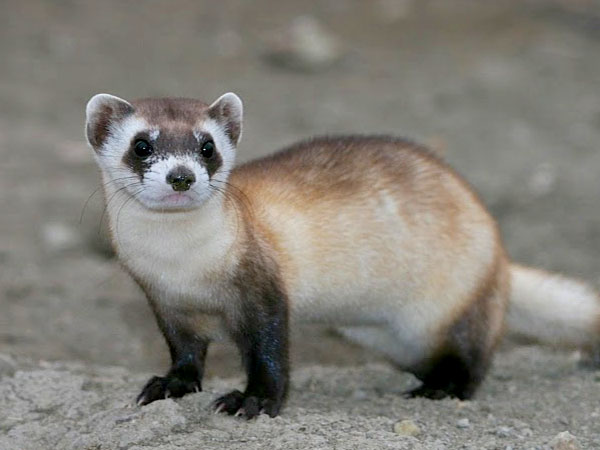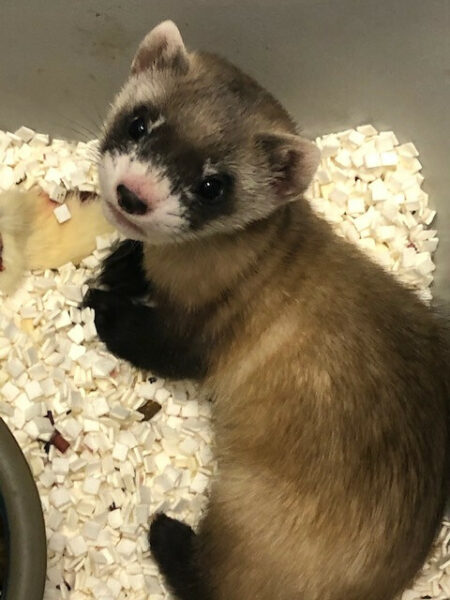Did you know that Colorado is home to one of the rarest species in North America? Black-footed ferrets (Mustela nigripes) were once considered to be extinct but have recently been reintroduced to their native prairie ecosystem in northern Colorado.

So, how does a species come back from the brink of extinction? In the case of the black-footed ferrets, it was a mix of legal protections and scientific expertise.
Legal Protections
The black-footed ferret was one of the first species to be protected under the Endangered Species Act (ESA) when it was passed in 1973. The ESA allows state agencies to work with the federal government to acquire the land and resources necessary to support the recovery of species that are at risk of extinction.
The Colorado legislature approved the reintroduction of black-footed ferrets into Colorado in April 2000. They directed the Colorado Department of Wildlife (now Colorado Parks and Wildlife), the Bureau of Land Management, and the U.S. Fish and Wildlife Service to enact the reintroduction plan with the cooperation of many other local stakeholders.
Throughout the reintroduction process, Colorado Parks and Wildlife (CPW) provided regular updates to the legislature. All of these updates are digitized and can be found in our digital repository at the following link: https://spl.cde.state.co.us/artemis/nrserials/nr1435internet/. These updates contain many interesting tidbits about the reintroduction effort, but my favorites are the stories about ferrets’ hijinks – in 2004, CPW staff had to chase one ferret around the prairie because he kept ending up three miles away from where he had been released!
For more information about the plan to protect black-footed ferrets and their place in the prairie ecosystem, take a look at CPW’s Final Black-Footed Ferret Management Plan (2019).

Scientific expertise
A more modern piece of this conservation story has been in the news recently. Elizabeth Ann, the first cloned black-footed ferret and the first cloned U.S. endangered species, celebrated her first birthday in December 2021. Based on the many (adorable) photos available, she appears to be thriving in the Black-Footed Ferret Conservation Center located in Wellington, CO.
Cloning is an important piece of the black-footed ferret recovery puzzle because it helps to diversify the gene pool of shrinking populations. Currently, all the black-footed ferrets living in the wild are descended from 18 individuals captured in Wyoming. If Elizabeth Ann’s offspring can be released into the wild, they will introduce new genetics into the black-footed ferret population and reduce the risks that come with inbreeding.
Black-footed ferrets have made a comeback from the brink of extinction, but the wild population still hovers around 500 individuals, meaning that they remain critically endangered. For more information about the continuing recovery effort, check out the following resources:
- A Review of Black-Footed Ferret Reintroduction in Northwest Colorado, 2001-2006 (Bureau of Land Management, 2008)
- U.S. Fish and Wildlife Black-Footed Ferret Cloning Research (U.S. Fish and Wildlife Service, 2021)
- Wildlife in Danger (Colorado Dept. of Natural Resources, 1992)
- Celebrating Colorado’s immigrant heritage - June 27, 2025
- Colorado’s Scenic and Historic Byways: Guanella Pass - June 6, 2025
- Who is protecting Colorado’s pollinators? - May 16, 2025